Needle ‘n Thread Archives from A – Z is a series I’ve been running over the past may weeks, popping up here and there, to share articles, projects, tutorials, and more that are hidden deep in the website archives and that haven’t seen the light of day in a while.
We’ve done A through F so far, and today, we’re on G.
G is for the Granito – a great little stitch!
The granito is what I consider a rather undervalued stitch, especially when you use just the right thread for it. Let’s look at it!

Taken individually, a granito is a very simple little stitch. It’s made by working a series of straight stitches in the same holes, until a nice plump “little grain” develops.
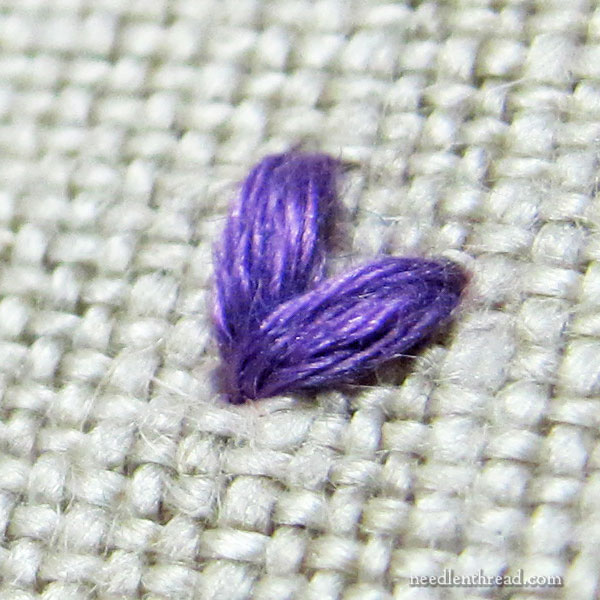
If you’re not familiar with how to stitch a granito and you’d like to see the stitch in progress, you can watch my video tutorial for granitos here.
Granitos make excellent little grains, leaves, buds, petals, or simply isolated little elongated elements.

They are especially nice when they’re worked with a thread that achieves a smooth granito. Textured, highly twisted threads don’t turn out quite a pretty and they don’t plump up into one cohesive element as well as a smooth thread does.
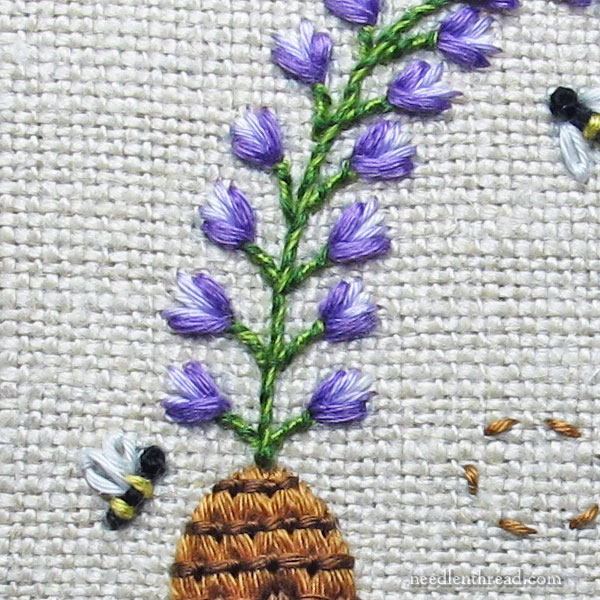
My favorite thread for granitos is cotton floche. A granito stitched with floche usually turns out smooth, plump, and pretty!
You can also use stranded cotton. It works best when you strip the floss and put it back together before stitching the granito. Then, use a laying tool to keep the strands parallel to each other, so they don’t twist and overlap.
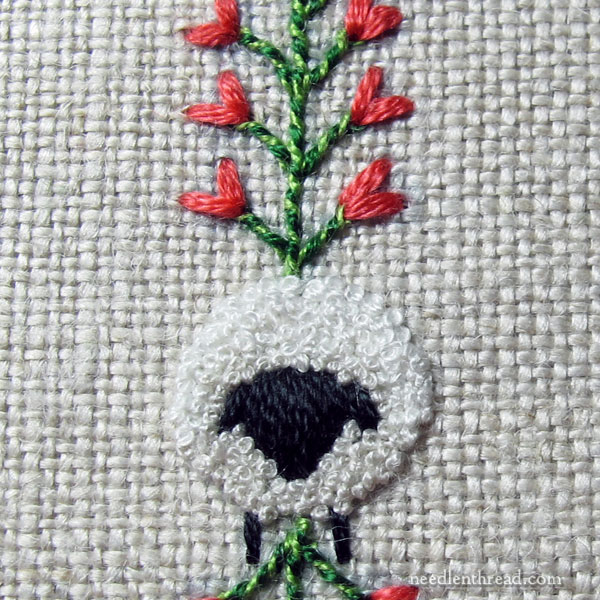
Most of the photos in this article are from my decorative alphabet collection called Will Ewe Bee Mine.
I used granitos with floche on many of the samples in that instructional and design collection. They are such an easy stitch and they work up quickly. They were a banner choice for the projects in that book.
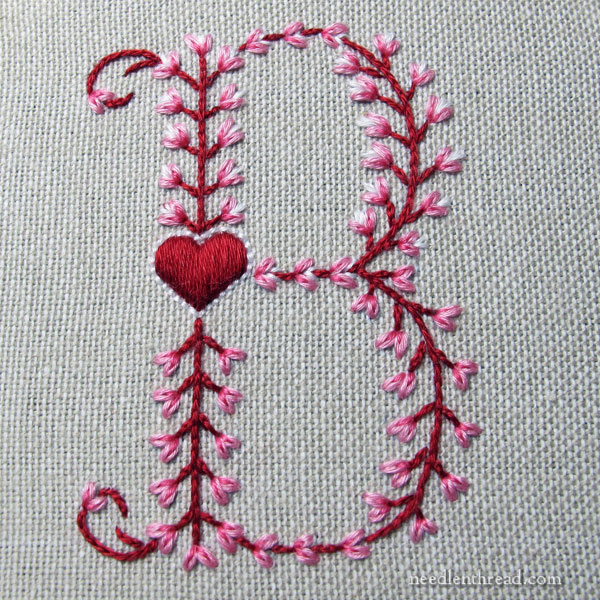
One of my favorite approaches to stitching granitos with floche is to build up the granitos in layers, overlapping them to form buds and flowers.
To add some color interest or depth, you can also split a granito with a little split stitch at either tip, in a contrasting color.
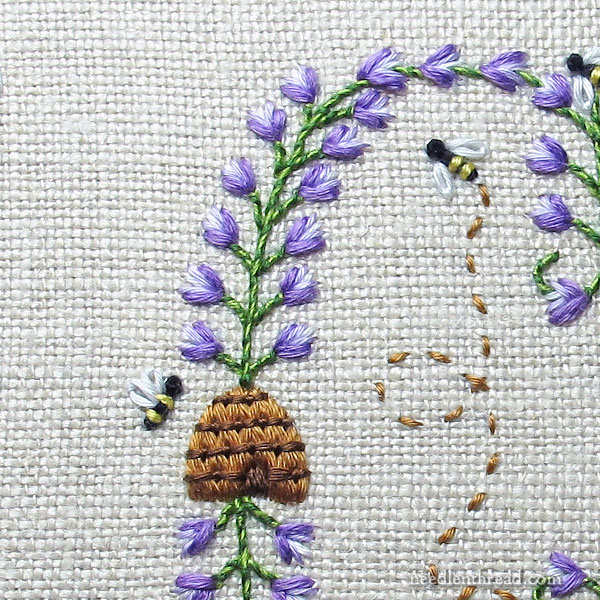
You can stitch little black granitos and work tiny yellow couching stitches over them to create bees.
Versatile and cute!
So the next time you’re looking for a stitch that can be used to create a petal but that isn’t a daisy stitch, that tends to look a bit like satin stitch, and builds up into a nice plump stitch on the surface of the fabric, look no farther than the granito! It’s a good solid stitch to add to your embroidery repertoire!






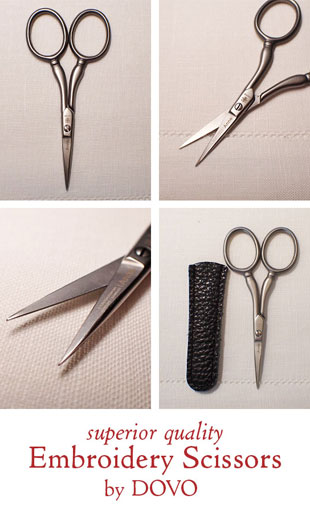

Leave A Comment